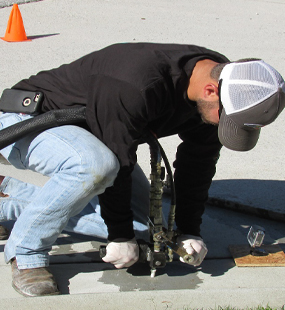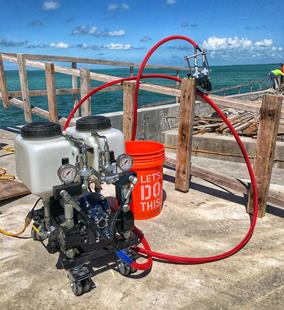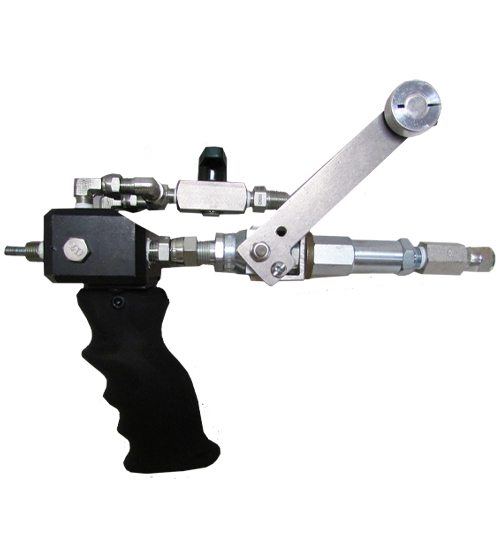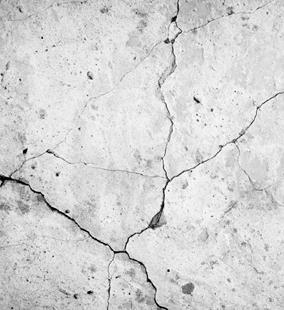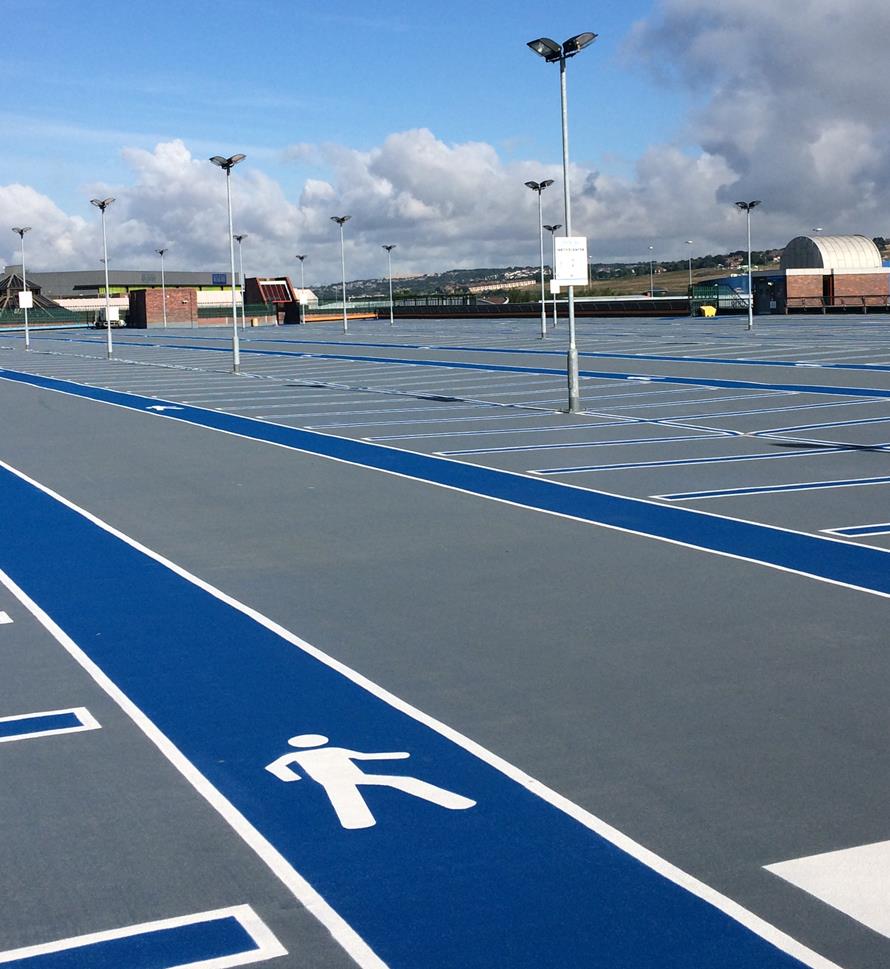
- Home
-
Solutions
-
Leak Seal
Seal leaks in concrete or masonry with crack injection and curtain grouting of our Prime Flex polyurethanes and AR acrylate resins. Prime Resins offers superior solutions for stopping leaks in every type of environment.
Read More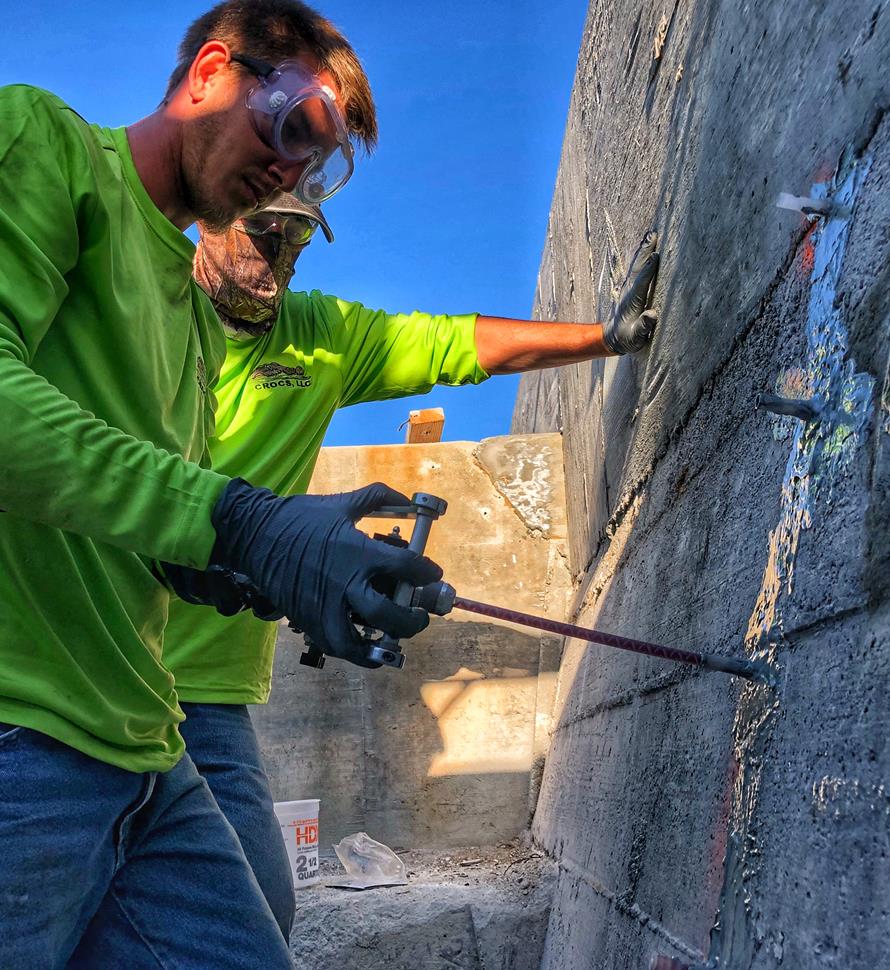
-
Soil Stabilization
Sound concrete relies on a sound substrate. Stabilize soils and fill voids with our polyurethane and acrylate foams and gels. We make chemical grouts for permeation and compaction grouting in wet and dry conditions.
Read More
-
Slab Lifting & Stabilization
Slab lifting and slab stabilization with polyurethane foams offers many advantages over traditional mudjacking. Only Precision Lift is engineered to tackle underlying issues and slab lifting with precise, dependable results.
Read More
-
Floor Repair & Joint Protection
Spalled concrete is concrete that is chipped, cracked and deteriorating. This often happens at a joint.
Read More
-
Seawall Repair
You can repair a seawall or bulkhead with Prime Resins chemical grouts: fill voids, stabilize loose soil and seal leaks at a fraction of the cost of wall replacement.
Read More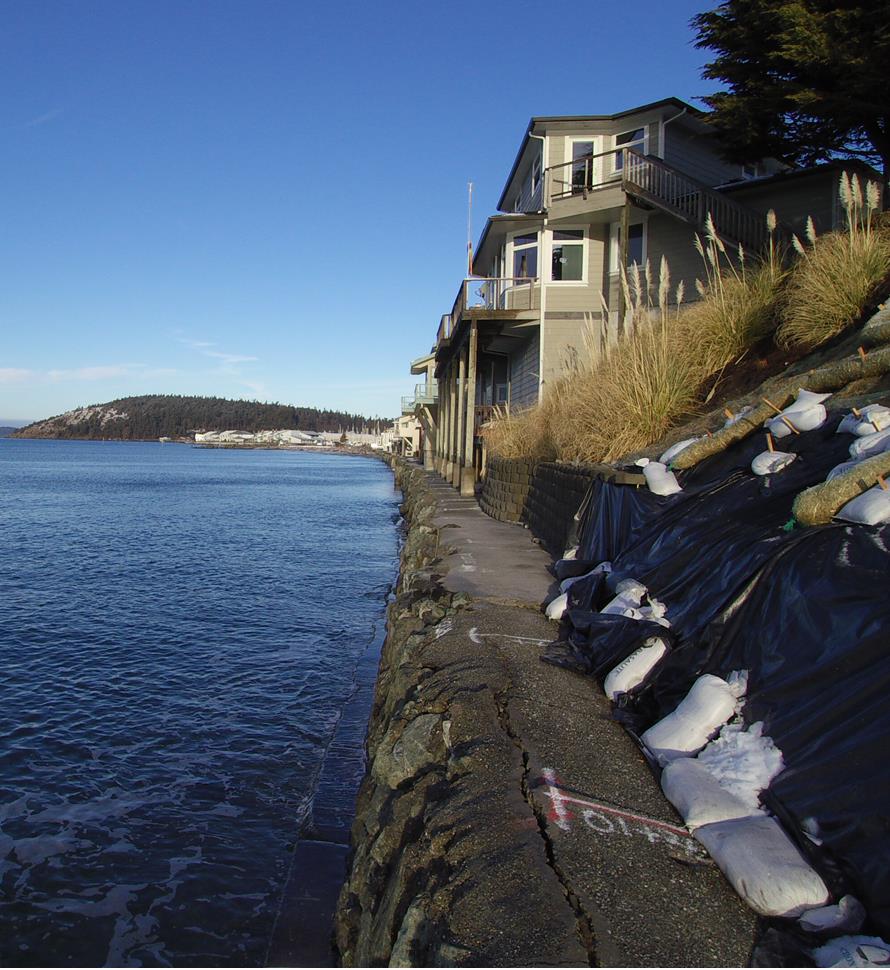
-
Structural Repair / Bonding & Anchoring
The need for crack repair in concrete structures can be caused by many different factors. Damage can occur to the concrete in situations where direct impact puts stress on one area of the structure.
Read More
-
Highway & Bridge
The geotechnical needs of DOTs and other agencies responsible for roads and bridges are vast. Issues include: Culvert repair Soil stabilization Void filling Concrete slab lifting Sinkhole remediation Slope control Slough control in tunneling
Read More
-
Waterproofing & Secondary Containment
Protecting concrete usually means shielding it from the elements of nature or from harsh manmade chemicals. But it’s not just concrete that needs such protection. Corrugated metal pipe, steel surfaces, material hoppers, rail cars and masonry all can come in contact with corrosive or abrasive materials or harsh conditions.
Read More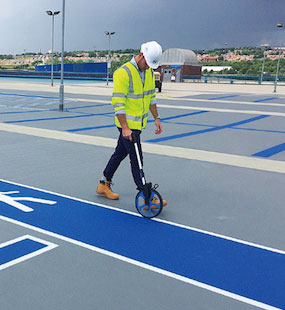
-
Leak Seal
-
Products
-
Leak Repair
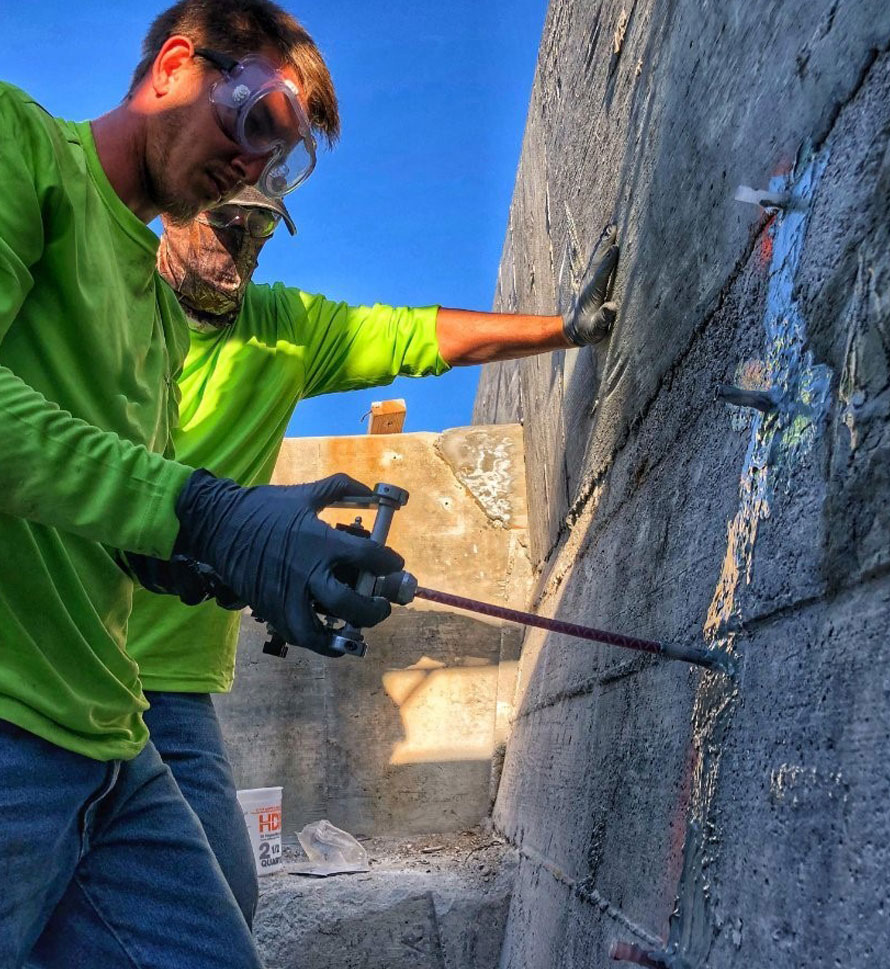
-
Soil Improvement
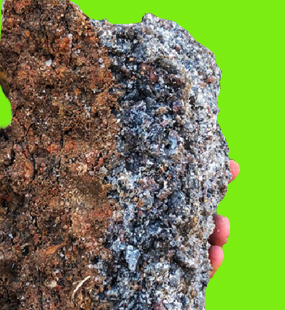
- Soil Stabilization
- Slab Lifting
- Structural Repair / Bonding & Anchoring
- Pumps
- Dispense Guns & Applicators
-
Turnkey Trailer Rig
Are you ready to hit the ground running doing concrete leveling with polyurethane foam? Prime Resins offers the industry’s best suite of products for lifting concrete as a turnkey, fully equipped trailer rig.
Read More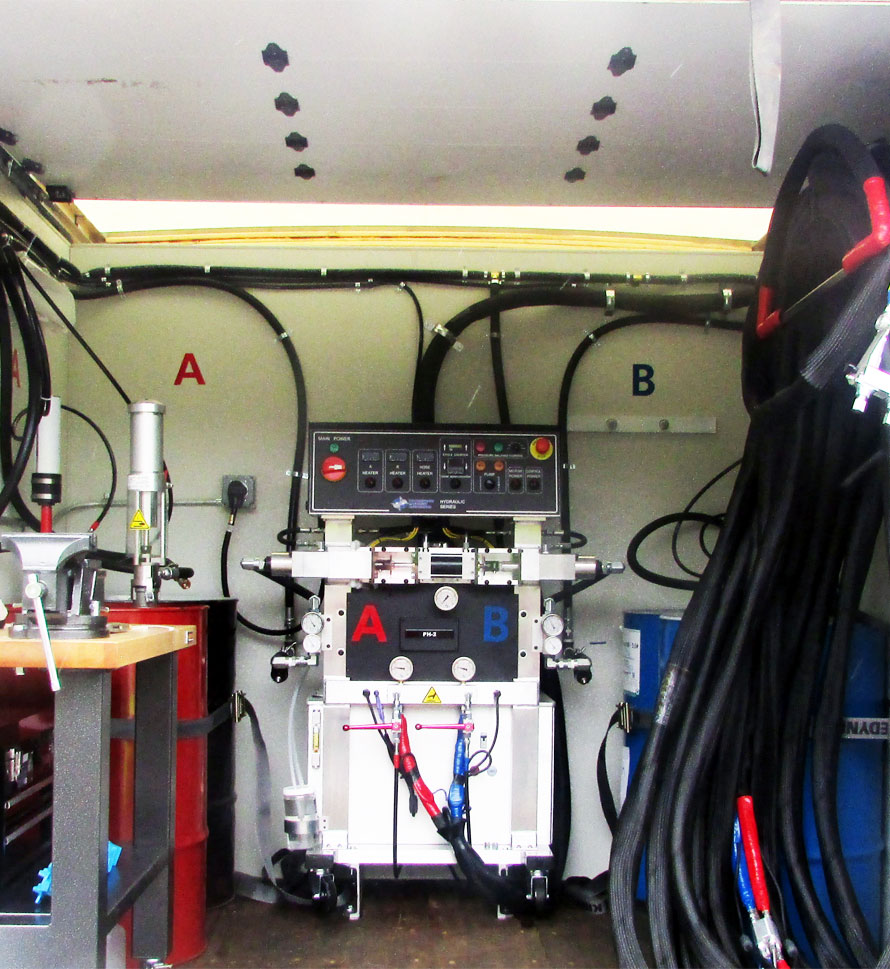
-
Accessories (General)
- 3/4" expendable drive point
- 3/8" and 3/4" soil probes
- Cartridge / Port Connectors and Mixers
- Conduit Seal Kit
- DM500 Divorced Mix Manifold
- Eco Flush
- F Valve
- Flush Wand
- Grout Needle Kit
- High Pressure Control Valve
- High Pressure Mechanical Ports
- Kick Fast
- Low Pressure Plastic Ports
- PR11 TEA (used w/ PR10 ACLM)
- PR12 APSF catalyst (used w/ PR10 ACLM)
- PR17 LYTX
- Prime Kat
- Prime Plug
- Prime Solvent CGC
- Oakum
- Soil pipe jack
- Stainless Steel Grout Needle & Kit
- StainShield
- Wall Stinger Nozzle
-
Soil Grouting Accessories
- Pipe Coupler
- Pipe Coupler Ferrule
- Buttonhead Coupler - Straight
- Buttonhead Fittings
- SG 3/4" Expendable Drive Tip
- SG 3/4 Rod - 39" Base
- SG 3/4 Rod - 39" Connector
- SG 3/4 Rod - 19.5" Base
- SG 3/4 Rod - 19.5" Connector
- SG 3/4 Fitting - Pipe to Buttonhead
- SG 3/4 Fitting - Buttonhead Fitting
- IL 1/2" Drive Point
- IL 1/2" rod - 39" base
- IL 1/2" rod - 39" connector
- IL 1/2" Fitting Buttonhead
- SG 3/4" Fitting - Buttonhead Coupler
- SG 3/4" Slotted Drive Tip
- SG 3/4 Drive Head
- Modified Pipe Jack Soil Grouting
- SG 3/4 Fitting - Buttonhead Coupler
- Pagani DPM30 Penetrometer
- IL 1/2" Fitting - Buttonhead to Connector Rod
- IL 1/2" Rod to Rod Coupler Fitting
- High Pressure Flow Control Valve
- Buttonhead Coupler - 90°
- Buttonhead Clamp Kit
- Floor & Joint Repair
- Waterproofing & Secondary Containment
-
Leak Repair
- News
- Downloads
-
Tools
-
Case Studies
Prime Resins takes pride in its ability to find the right solutions to the problems facing our customers. Here are some examples of customers’ successful jobs:
Read More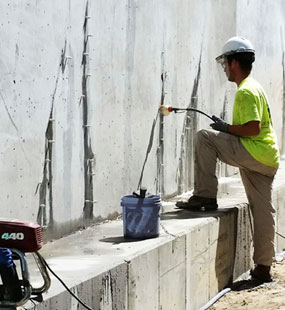
-
Prime Practices
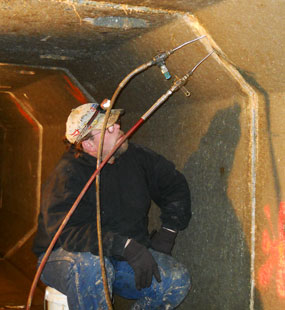
-
Videos

-
Estimating Tools & Info.

-
Why us?
The superior quality of products at a fair price, our consultative approach, and our unparalleled technical support set Prime Resins apart. Learn more about the Prime difference.
Read More
-
Product Types & Typical Uses
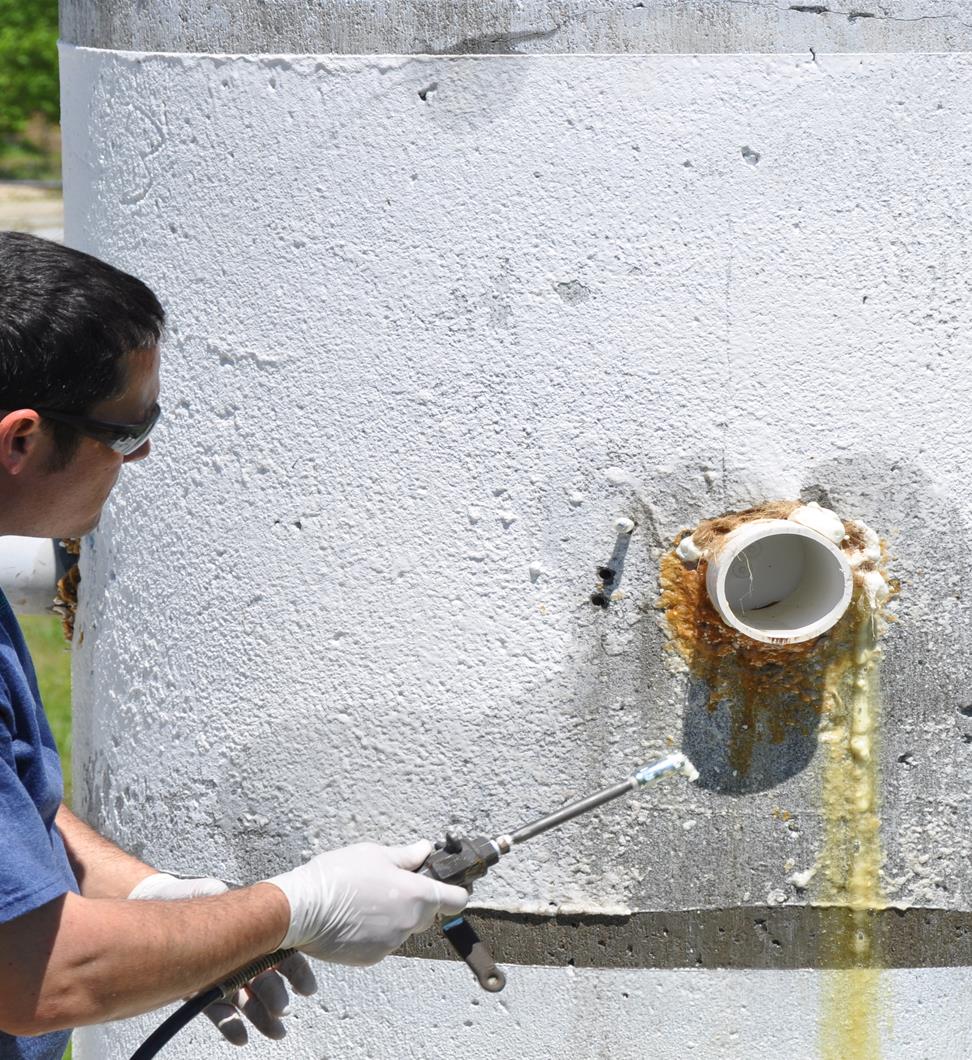
-
Looking for a contractor?
-
Certifications
-
Case Studies
- Contact
Case Studies- Slab Lifting Pages
Raising a wastewater treatment plant pump pit with Precision Lift 4.0#
Client: Sydney Water, Quakers Hill Wastewater Treatment Plant, Sydney, Australia
Problem: The Quakers Hill wastewater treatment plant features a concrete pump pit that is approximately 20 feet (7m) deep with 16” (40cm) thick walls and floor. There are a series of pumps in the pit that transfer water from the digesters to other tanks. The floor of the pit is sloped to send rainwater into a sump pump located in one corner of the pit. The whole pit had settled slightly in the other corner on the same end of the pit as where a sump pump is located. Because the other corner had settled, rainwater was collecting instead of running to the sump pump.
Solution: The contractor proposed using polyurethane foam to address the cause of settlement, fill any voids present and lift the structure. Sydney Water officials required a manufacturer’s rep on site prior to work beginning. A Prime Resins technical consultant was present to train the contractor’s crew on site, serve as our rep, and give a presentation to officials on our chemical grouts.

There were two phases to the job:
- address the cause of settlement and
- lift the structure back to its desired location.
Analysis revealed a weak substrate below the pit, so phase one was to consolidate the soil underneath the entire pit by permeation grouting with Prime Flex 920, a hydrophobic, super low viscosity polyurethane that reacts with water and expands to form a closed cell, watertight, rigid foam. Due to its low viscosity, 920 is used, as in this case, for permeation grouting of loose soils to consolidate soil particles and increase the load-bearing capacity of a structure. The crew injected resin at a depth of 3 feet (approximately 1m) underneath the entire pit to strengthen the substrate.
Phase two was filling a slight void underneath the sunken corner and a few areas around the sump itself and lifting the sunken corner. The team had used a rotating laser level with transits to determine the required degree of slope to restore the flow of rainwater. The void filling and lifting was done with Precision Lift 4.0#, a highly expansive, high-density polyurethane foam that provides hydraulic lift. The corner was lifted about ¼” (6-7mm)—the amount called for in the laser survey. Both Prime Resins products were made at our facility in Melbourne.
Outcome: The lift was successful and the flow of rainwater to the sump pump was restored. It so happened that it rained throughout much of the job, so the crew was able to see for themselves the rainwater properly flowing.

This provides context of how deep the pit is and how thick the walls and floor are. (Photo copyright Prime Resins, Inc. Not for reuse.)
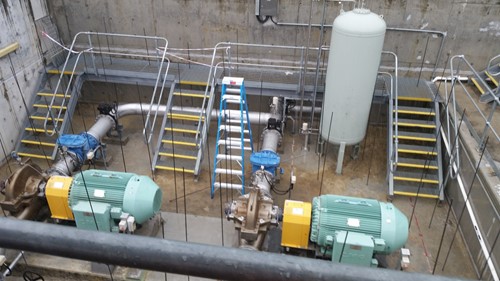
Probes are in place for permeation grouting with Prime Flex 920 polyurethane grout. (Photo copyright Prime Resins, Inc. Not for reuse.)




